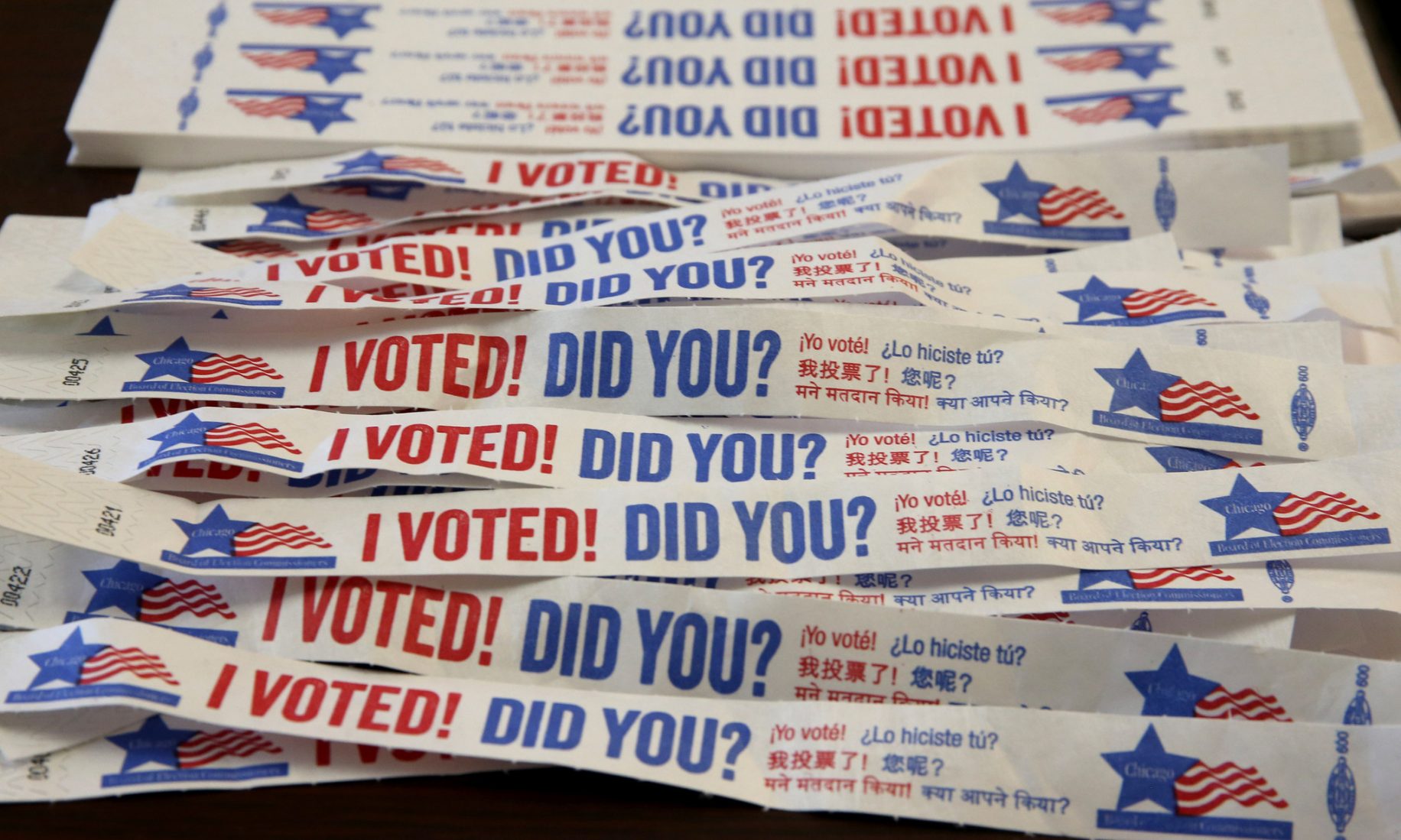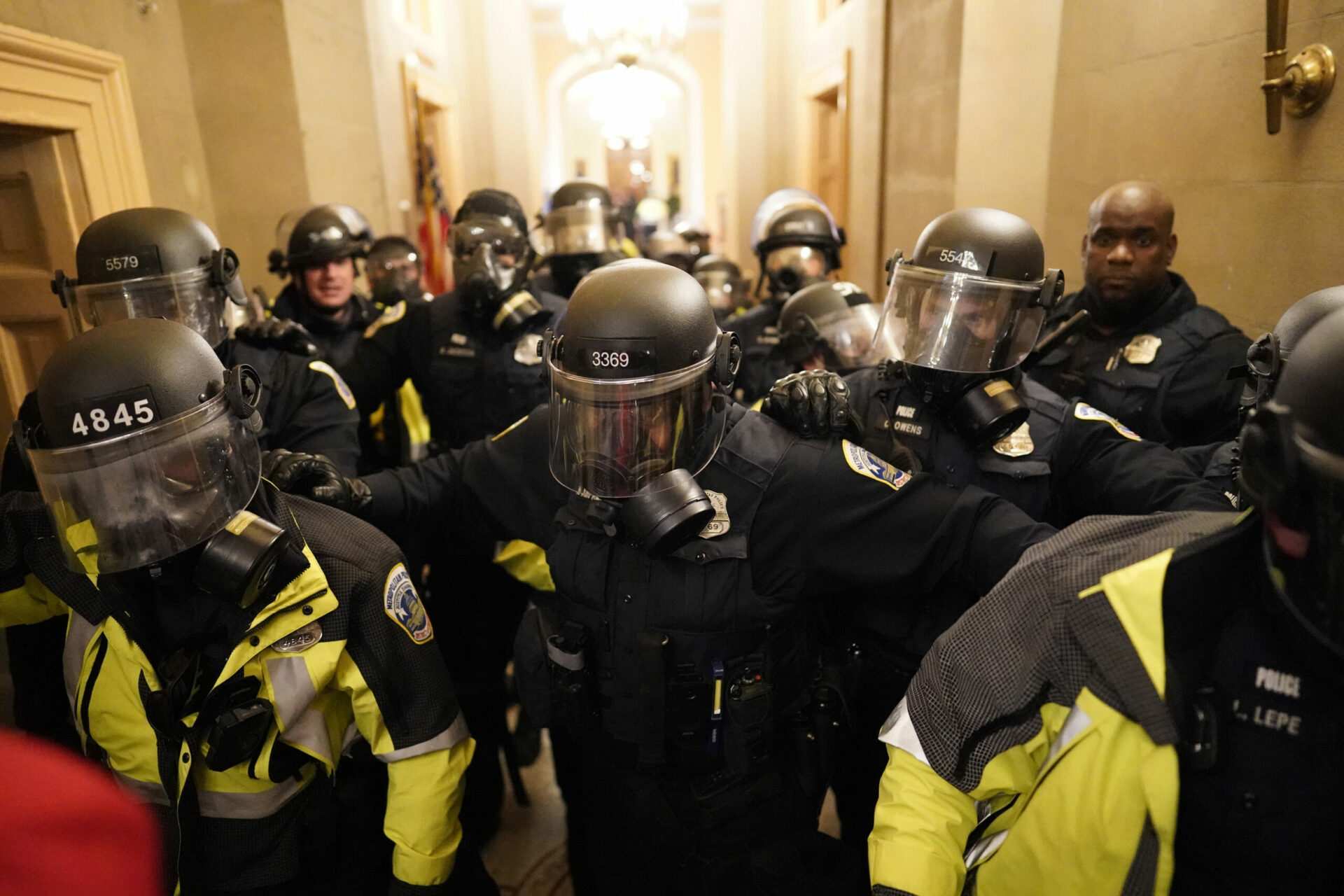
A 65-year-old American woman reportedly traveled to Mexico for cosmetic surgery; however, when she awoke from her surgery, she discovered that she had received unwanted breast implants and a Brazilian butt lift procedure.
According to News Nation, 65-year-old Kimberly McCormick traveled to Mexico for cosmetic surgery after having a positive surgery six years prior at the same facility, when she received a breast lift and had excess skin removed following the loss of 150 pounds. Unfortunately, this time, McCormick’s surgery resulted in her body being “disfigured” and a massive $75,000 in expected medical bills.
“I called my daughter bawling because I had woken up with huge breasts,” McCormick said. The 65-year-old told News Nation that instead of receiving the surgery procedures that she had agreed to, she woke up to an unwanted Brazilian butt lift and unwanted breast implants. McCormick also claimed that part of her lung collapsed as a result of the unwanted procedures.
A video shared by Collin Rugg, co-owner of Trending Politics, shows an interview with McCormick where she outlined the horrifying experience and shared the health complications that she is now struggling with as a result of the unwanted surgeries.
Misty Ann McCormick, Kimberly McCormick’s daughter, described the condition her mother was in when she was able to see her after the botched surgery. She told News Nation that her mother’s lips were blue, her fingers were turning blue, and her oxygen monitor was not attached properly.
Misty McCormick claimed that she was assaulted, threatened, and kicked out of the hospital by individuals with machine guns who claimed to belong to the Tijuana police when she attempted to intervene in the situation.
“I was manhandled, beaten with machine guns, kicked in my ribs, kicked between my legs, thrown out of the hospital physically,” she said. “I have a giant wound on the back of my head from getting hit with the butt of the machine gun.”
READ MORE: Army doctor accused in massive sexual assault case
Kimberly McCormick also told News Nation that a hospital representative extorted her for money by threatening imprisonment in Mexico if she did not provide payment.
The McCormick family is currently raising money through a GoFundMe page to help with the unexpected medical bills, as the cost of fixing the surgery is estimated to be at least $75,000.
News Nation also noted that the family has continued to face difficulties in the United States, as the San Diego police reportedly dismissed the family’s claims and told the family to contact the Tijuana police in Mexico.
“We were laughed at by the San Diego police, who told me to call the Tijuana police,” Misty Ann McCormick said.
In the video interview posted on X, Fox 13 reported that the family claimed they were also filing a report with the FBI.
According to News Nation, McCormick’s story represents one of the potential dangers of the medical tourism industry, which encompasses individuals who travel to other countries to receive medical care at potentially cheaper costs. News Nation reported that the surgery McCormick originally wanted only cost $13,000 in Mexico, while the same surgery would cost over $50,000 in the United States.








